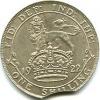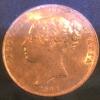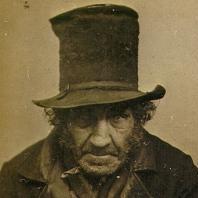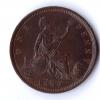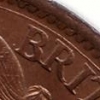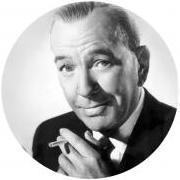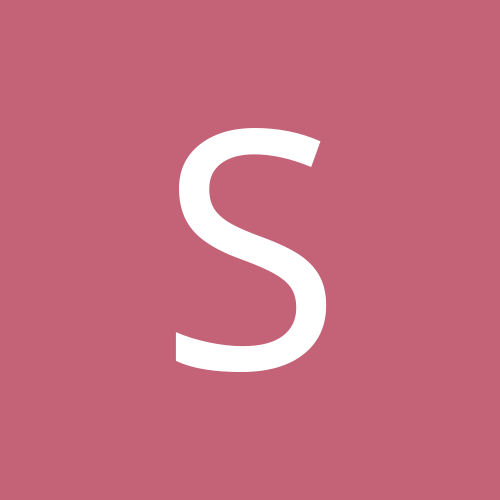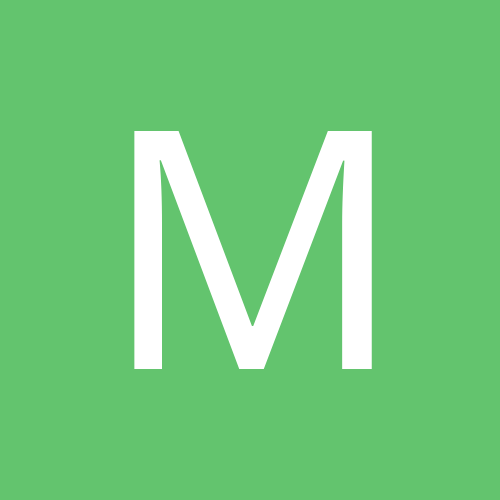As an introduction, I've gathered coins over the years, as did my father. Now I'm retired, time to organise them. That's generating questions, and showing up some surprises....
I found half a sixpence - literally, just the reverse - 1960. No signs of cutting or forcing, rim is still sound, looks like a planchet delamination
Farthings - I've got those organised - one binder with the "best" of each year I have, another with all the others - about 80 and 110 respectively. Most interesting to my untrained eye is an 1860 toothed/beaded border
Grading is a real mystery - the book on grading above has a multi-month delivery - need to find one
Cleaning - interesting discussion - I have some sticky coins (old PVC holders I presume) - de-natured alcohol has worked well (for the coins and me - mine's single malt)
I have two 1953 farthing - crown cased sets - one shows tarnish on the copper, the other has a piece of "tarnish reducing paper" in it - that didn't work, they are all bad - anything to do? Thinking acetone....
On the other hand, the 1970 proofs in a rigid plastic case are gorgeous still!
Any thoughts and/or advice welcome... I'm still exploring this forum - lot's of good info there. Once I see where to post, I'll get some questions and photo's up
As background, I was born in England, live in Massachusetts, and I just entered my ninth decade of life - a good opportunity to get into coins!
SteveW
 Coinpublications.com
Coinpublications.com
